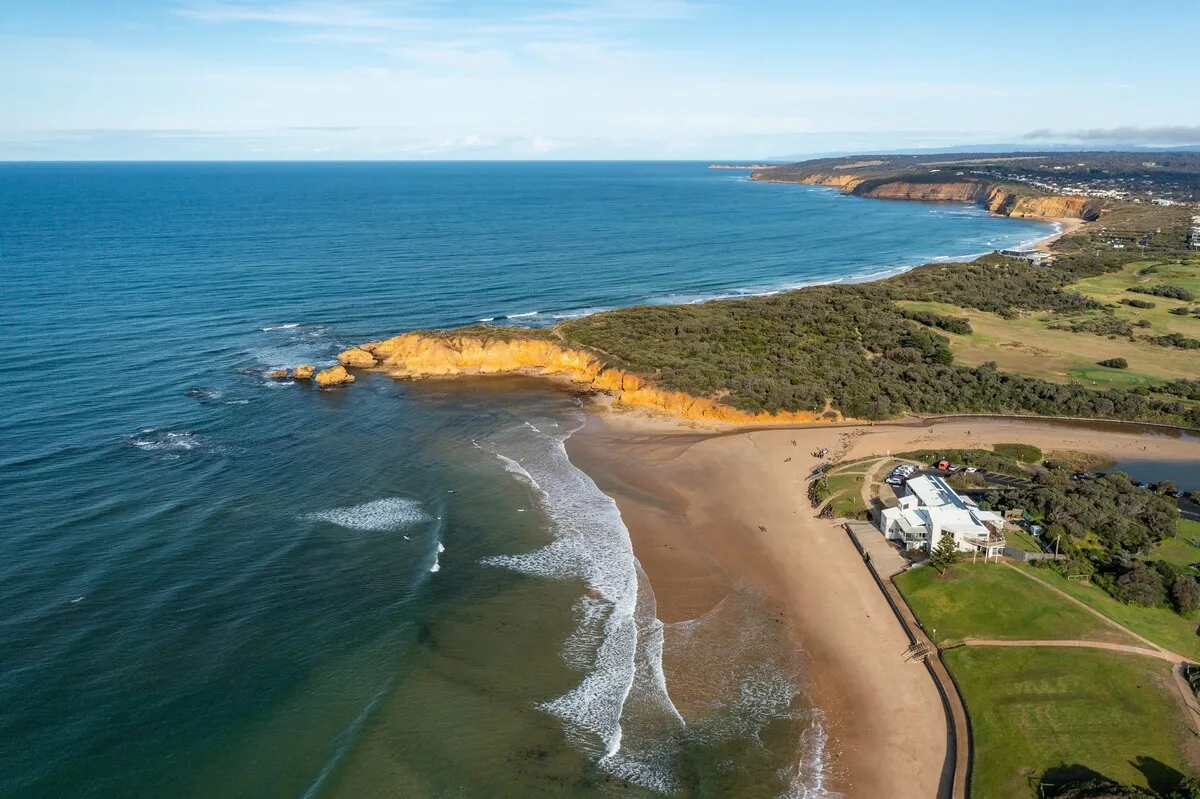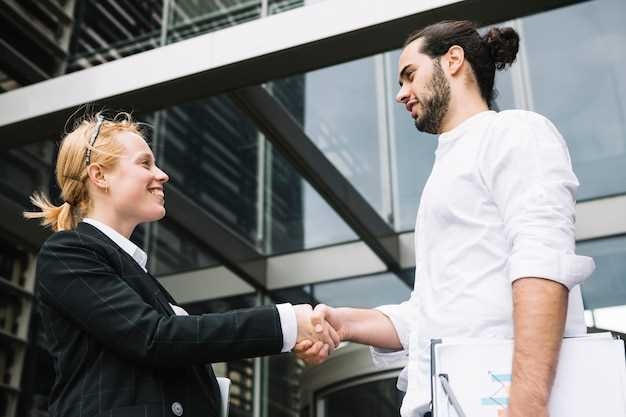Victoria’s southwestern coast is traversed by a well-known coastal drive called the Great Ocean Road which stretches for over 240 kilometers. It has some of the most spectacular views in Australia, rugged coastline and an assortment of natural wonders making it one of the country’s most famous scenic drives. However, apart from its stunning scenery and natural attractions, there are also lively seaside towns on the Great Ocean Road that have cultural and historical value.
The history of the Great Ocean Road
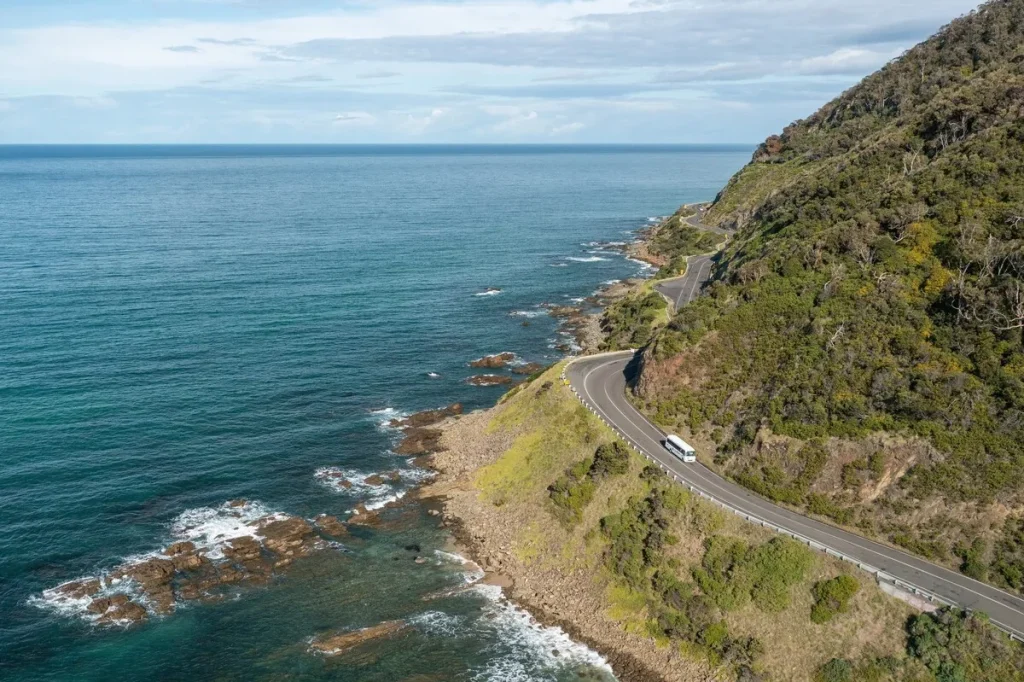
In 1919, construction started on the Great Ocean Road as a tribute to soldiers who served in World War I. At completion in 1932, it became the world’s largest war memorial commemorating those servicemen who had built it. The road was primarily intended to promote local tourism and link up isolated coastal towns providing a scenic drive across Victoria’s south-western region. The significance that this road holds can be seen in communities which have thrived along it leading to its rich heritage.
Construction and Development
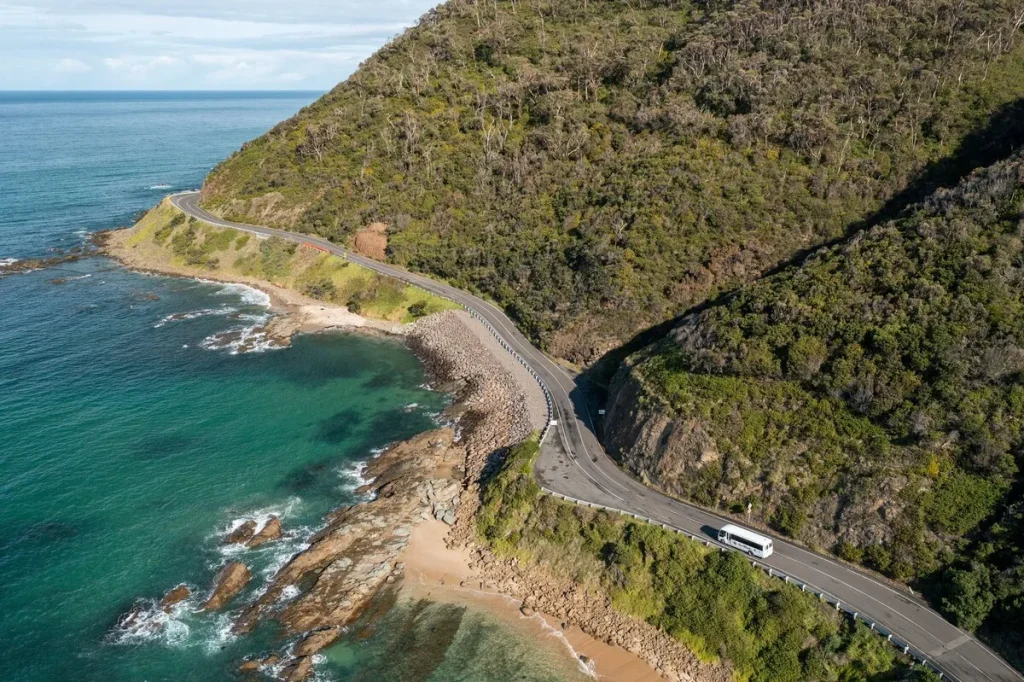
Building the Great Ocean Road required an exceptional effort due to difficult terrain that characterizes Victoria’s southwestern coast being remote. There were several obstacles faced during implementation including unstable cliffs plus adverse weather conditions. However, despite these difficulties it was finished with its path winding through Australia’s wildest landscapes. Coastal townships were brought together hence making easier tourist movements while at the same time improving travel experience. Safety concerns have necessitated modernizing different sections without tampering with their history or beauty thereby turning them into a preferred destination for people looking for wonderful beaches or great view points.
Historical Significance to Locals
To locals however, the ocean road signifies more than just scenes but represents unity among them since they live within small communities mostly centered around fishing industry activities. It has influenced both social and economic aspects of the region. It unlocked access to hitherto secluded coastal towns, stimulated the growth of economies and created a sense of identity in the communities that it served. The local culture highlights the historical and natural heritage of this area while embracing its vibrant present.
Local Culture and Community Life
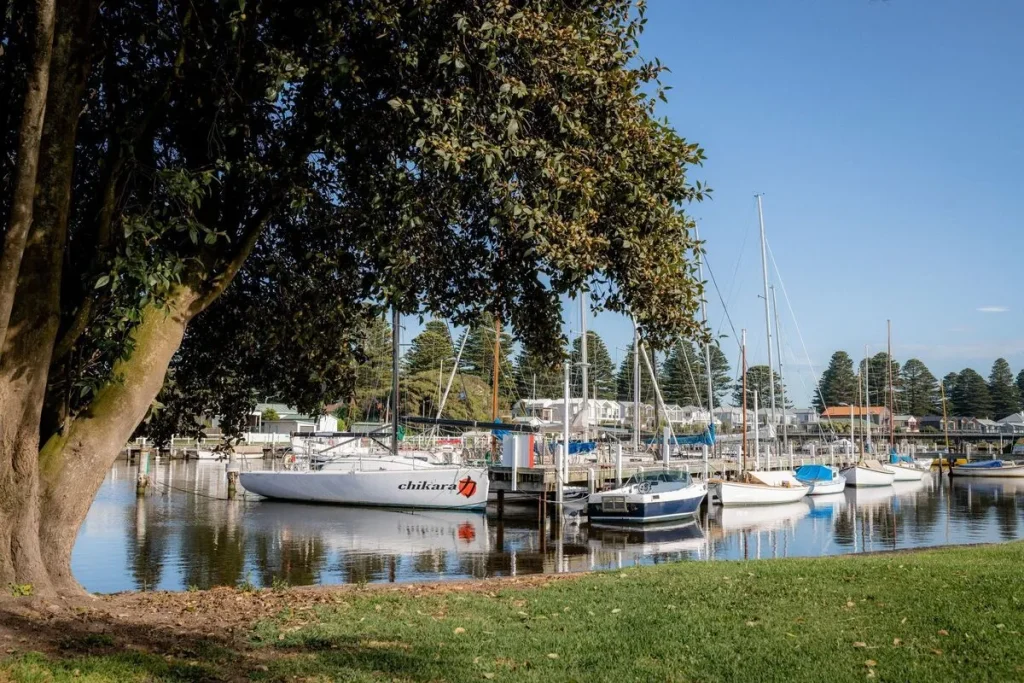
Life along the Great Ocean Road is intricately connected to nature and its past. Each coastal town including Apollo Bay, Port Campbell and Port Fairy expose one to different facets of local culture and community life. There is a wealth of experience from the artisanal shops as well as fresh seafood markets at Apollo Bay to Warrnambool’s historically rich Flagstaff Hill Maritime Village.
Residents take pride in their communities, which are known for their friendly atmosphere and strong sense of identity. Local festivals, markets, and cultural events play a significant role in community life, reflecting regional values and traditions. The opportunities to explore Otway National Park’s lush rainforests or enjoy a day trip to Bay of Islands Coastal Park or even just take a scenic drive with stunning views over beaches have been cherished by both locals and visitors because they offer them chances for connecting with nature’s beauty alongside cultural heritage that define Great Ocean Road’s existence.
Coastal Towns Along the Route
Apollo Bay
Apollo Bay is a beautiful beach town with a lively community. There is a range of holiday parks and other accommodations, including Apollo Bay Holiday Park, which makes it ideal for family getaways. One can also enjoy fabulous views of the Southern Ocean, or visit the local markets where you could be spoilt for choice on fresh seafood. Nearby Otway Fly Treetop Adventures and Beech Forest also provide excellent attractions.
Bells Beach
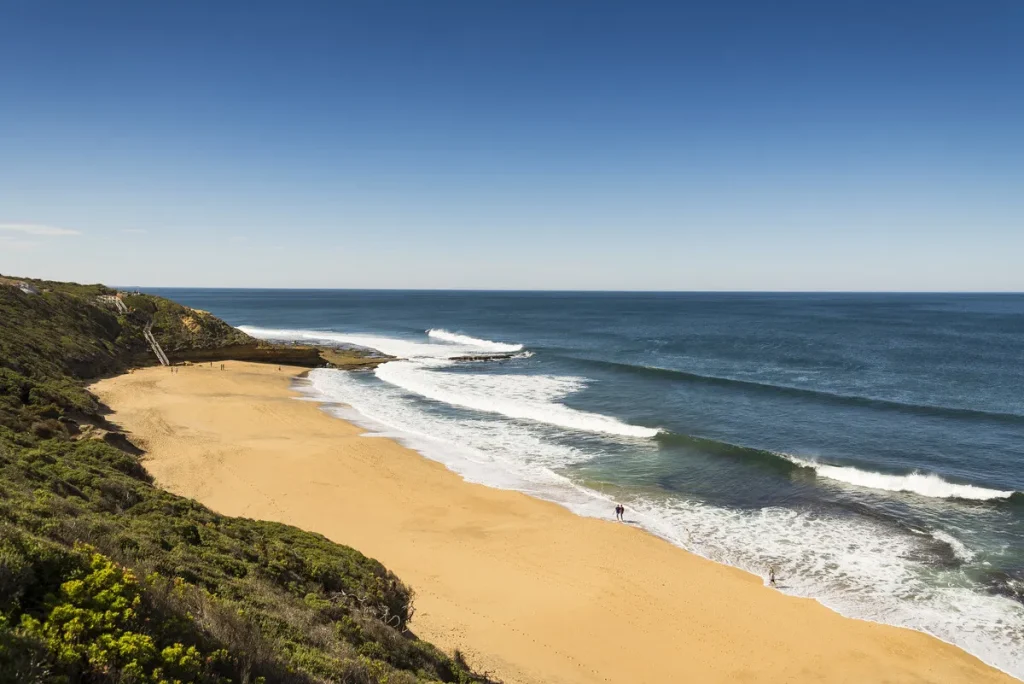
Bells Beach near Torquay is renowned for its surf breaks and a must-see place for every surfer in the world. It’s popular among surfers as well as visitors who are fascinated by stunning coastlines. This beach has gained iconic status in surfing culture and is one of the highlights of Great Ocean Road.
Port Campbell
Port Campbell is a scenic coastal town that serves as an entrance to Port Campbell National Park. Notable rocks formations like London Arch and Bay of Martyrs are found here. The region offers mind-blowing coastal views with major natural wonders encompassing Triplet Falls along Shipwreck Coast.
Anglesea
Anglesea is an active seafront town rich in local life with opportunities for outdoor activities.The sandy beaches are mostly known by their beauty though there are few Koalas at nearby Anglesea Golf Club .This attractive place provides easy reach to striking natural sites such as the famous Great Otway National Park where you can relax by the sea-side.
Port Fairy

Port Fairy is an ancient port city that has retained its maritime essence till date.Flagstaff Hill Maritime Village exhibits some parts of this area’s maritime past.Port Fairy’s beautiful beaches, historical buildings and Tower Hill Wildlife Reserve just around make it suitable for game viewing plus exploring volcanic landscapes.
Warrnambool
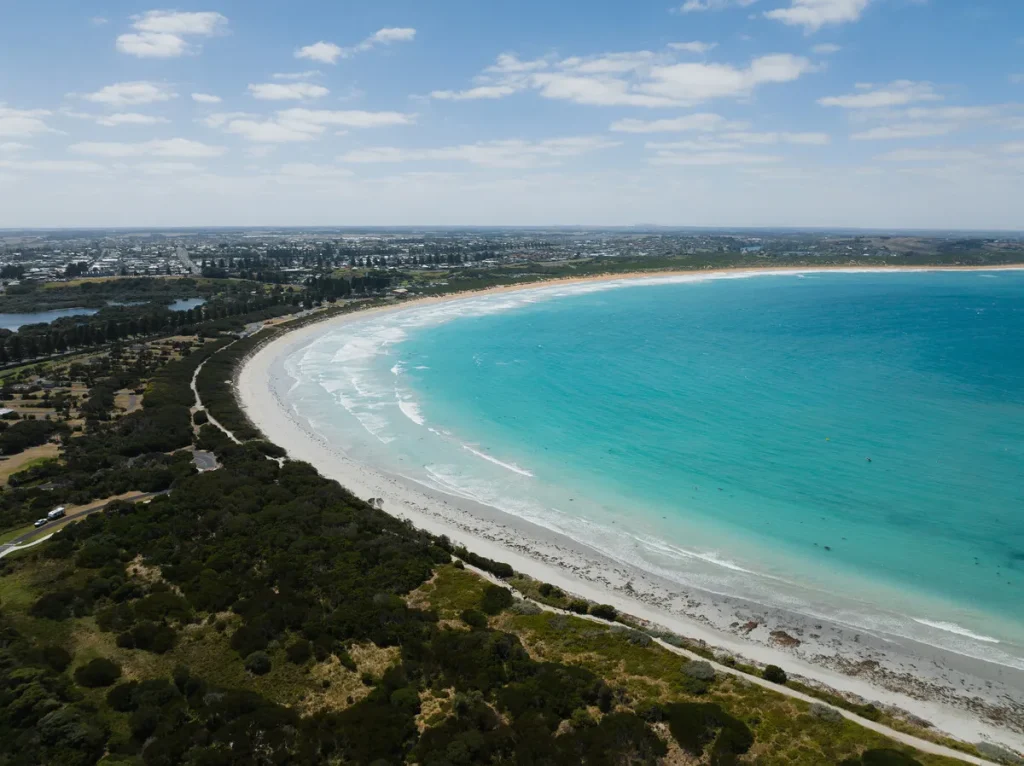
Warrnambool harbors an active regional centre richly endowed with history and vibrant surroundings.Its attractions extend towards Flagstaff Hill Maritime Village and the Logan’s Beach Whale Watching Platform.Warrnambool as well is a great place to have the most delicious seafood, as well as taking in its breathtaking coastal views while on a scenic drive.
Colac
Inland from Great Ocean Road, Colac serves as your entrance to Otway Ranges and Lake Elizabeth, which are magnificent.Known for its enchanting country atmosphere and natural attractions, this is an ideal base for touring the nearby Redwood Forest or lush rainforests of Otway National Park.
Conclusion
The Great Ocean Road is not just a scenic drive but a journey through vibrant communities and stunning landscapes. From the historical significance of its construction to the unique cultural experiences offered by its coastal towns, the road provides a rich tapestry of life along its stretch. So whether you are exploring along rough coastline, lazying around at beautiful sea shore or mingling with local cultures; The Great Ocean Road Melbourne tours has all that you need. The mixture of pure beauty and neighborliness makes it truly unique destination.
FAQ
What are the main highlights of the Great Ocean Road?
Key attractions include the Twelve Apostles, London Arch, Loch Ard Gorge, Shipwreck Coast and sites like Bay of Islands. The road cuts through beautiful towns such as Apollo Bay, Lorne and Port Fairy.
How long does it take to drive the Great Ocean Road?
A drive will usually last for approximately 4-5 hours without stopping by. Nevertheless, if you want to enjoy breathtaking views and attractions it is preferable to spend a whole day or even several days depending on how many stops you do plan.
When is the best time to go to the Great Ocean Road?
The peak season falls between December and February when the weather is warm and sunny. In turn, fewer people visit this place in cooler months (from March till November) while they can watch rich local fauna and enjoy its natural beauty.
Have there been any famous shipwrecks along the Great Ocean Road?
Yes, Shipwreck Coast is popularly regarded as an area with ship wrecks such as Loch Ard Gorge which was named after famous wrecking of Loch Ard.
What animals can I see along the Great Ocean Road?
Travelers may spot various indigenous fauna including koalas, kangaroos or sea birds around. Major places for observing wildlife involve Kennet River Koala Walk as well as Tower Hill Wildlife Reserve
